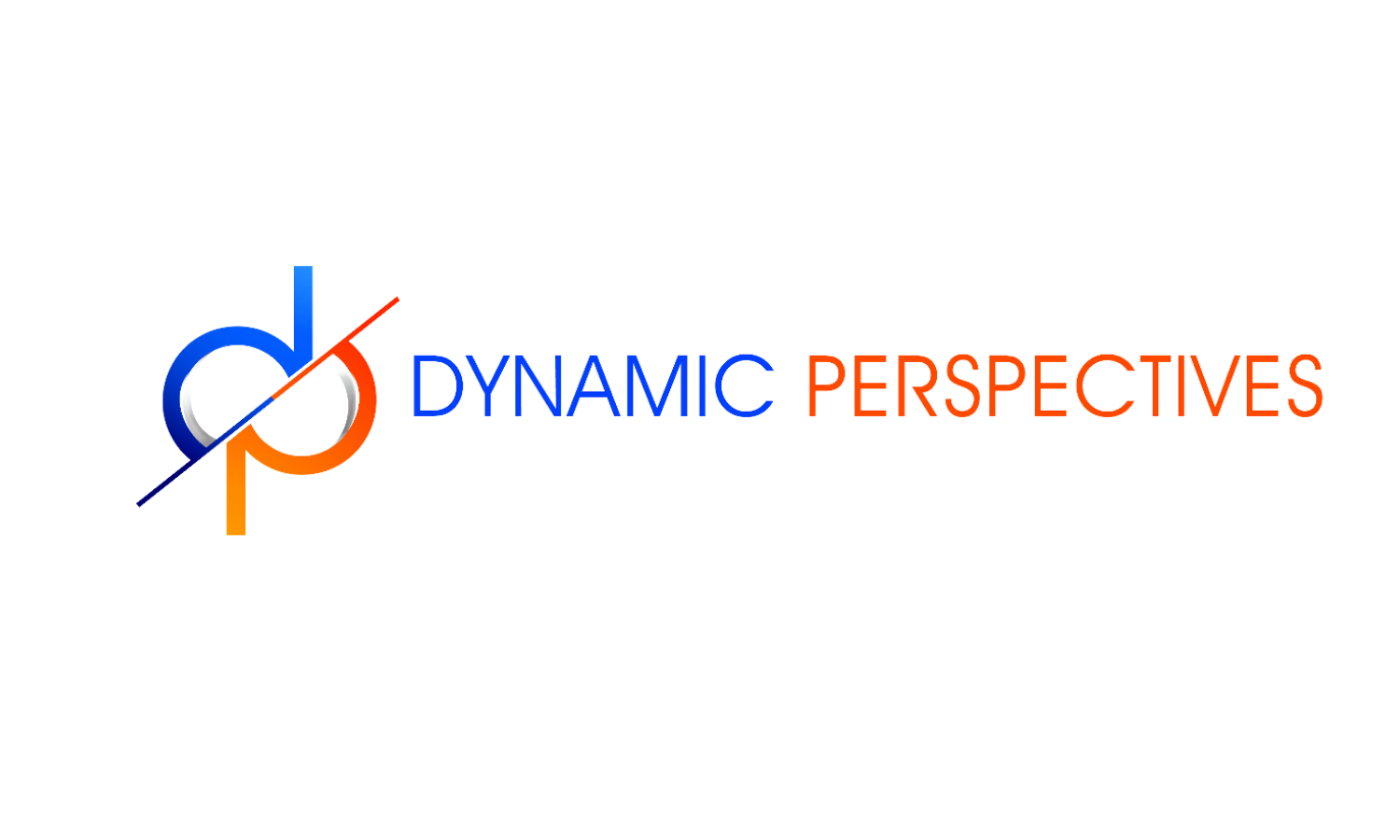
Our Process
The Organizational Culture Scan (OCS) follows a structured methodology to measure, analyze, and guide organizations through cultural transformation. The process ensures organizations gain a clear understanding of their current culture, identify the desired state, and implement targeted strategies for change.
Organizational culture is the hidden force that shapes how employees interact, make decisions, and execute business strategies. A well-aligned culture drives engagement, innovation, and long-term success, while a misaligned or dysfunctional culture can create barriers to growth, collaboration, and strategic execution.
The Organizational Culture Scan (OCS) provides a structured, data-driven approach to understanding and transforming organizational culture. The process goes beyond assumptions, using measurable insights to identify cultural strengths, gaps, and areas for improvement. Through a multi-step methodology, organizations can diagnose their current culture, define their optimal culture, identify gaps, and implement targeted strategies for transformation.
This process is not just about measurement—it’s about aligning culture with business strategy to create a high-performing, adaptable organization.
Why Culture Matters in Business Success
A well-defined and aligned culture enhances employee engagement, retention, and productivity.
Culture influences decision-making, communication, and collaboration, affecting overall efficiency.
Organizations with a strong, strategically aligned culture outperform competitors in innovation and market adaptability.
Unchecked cultural dysfunctions can lead to low morale, high turnover, and misaligned strategic execution.
Given its importance, organizations must move beyond intuitive assessments of culture and adopt a structured, evidence-based approach to cultural transformation.
Determining Subcultures
Organizations consist of multiple subcultures, each with distinct working environments. The first step is identifying and categorizing these subcultures based on strategic relevance. This helps ensure that cultural assessments and interventions are tailored to specific groups within the organization.
Definition: A subculture consists of a group of people who share a similar work reality (typically a minimum of 20 employees).
Process: Organizations identify key subcultures using functional (e.g., department, hierarchy) and strategic criteria.
Outcome: A structured categorization of subcultures that are critical for cultural assessment and transformation
Measuring Actual Culture
Once subcultures are determined, the next step is to measure the existing culture through the Culture Scan survey. This includes an assessment of organizational behaviors, attitudes, and perceptions.
Survey Structure:
46 paired questions measuring key cultural dimensions.
26 multiple-choice questions.
4 demographic questions (optional).
Time Requirement: Approximately 20 minutes per participant.
Outcome: A quantitative and qualitative snapshot of the organization’s actual culture.
Workshop 1 – Defining the Optimal Culture
This workshop brings together senior leaders to define the Optimal Culture, which aligns with the organization’s strategic objectives.
Process:
Leaders articulate strategic goals and success factors.
Participants define the cultural attributes necessary to support these goals.
Data from the Culture Scan is used to compare actual and desired states.
Outcome: A shared vision of the organization’s optimal culture, which serves as a benchmark for cultural change.
Gap Analysis & Workshop 2 – The Mirror
Following the identification of the optimal culture, a gap analysis is conducted to measure the difference between the actual and optimal culture. Workshop 2, known as The Mirror, facilitates discussions on these gaps.
Process:
The Culture Scan results are presented.
Leaders analyze cultural gaps and their impact on business performance.
Key obstacles to achieving the optimal culture are identified.
Outcome: A clear understanding of cultural strengths and areas requiring change.
Change Strategy & Workshop 3 – Making Change Happen
Based on the gap analysis, the organization moves into change implementation, which includes both indirect and direct change strategies.
Indirect Change Strategies
Focus on modifying symbols, rituals, and structures to subtly shift behaviors.
Align leadership messaging and internal communication.
Adjust HR policies and incentives to reinforce cultural transformation.
Direct Change Strategies
Implement leadership development programs.
Establish coaching and training interventions.
Create cross-functional teams to drive culture change.
Outcome: A structured plan with defined actions to close cultural gaps.
Sustaining the Momentum
Organizational culture change is an ongoing process that requires continuous reinforcement.
Long-Term Strategies:
Establish Culture Ambassadors to drive change at different levels.
Conduct follow-up scans to track cultural shifts over time.
Maintain leadership engagement in sustaining cultural initiatives.
Outcome: A self-sustaining cultural transformation process, ensuring long-term alignment with business goals.
The Organizational Culture Scan (OCS) provides a data-driven, structured approach to measuring and transforming culture. By assessing actual culture, defining the optimal state, conducting gap analysis, and implementing change strategies, organizations can align culture with strategy, enhance employee engagement, and drive long-term success.
The right culture doesn’t happen by chance—it is intentionally shaped and nurtured. Dynamic Perspectives can help your organization assess, refine, and transform its culture to create an engaged, high-performing, and future-ready workplace.
Contact us today to schedule a consultation or learn how we can help your organization begin a cultural transformation.








